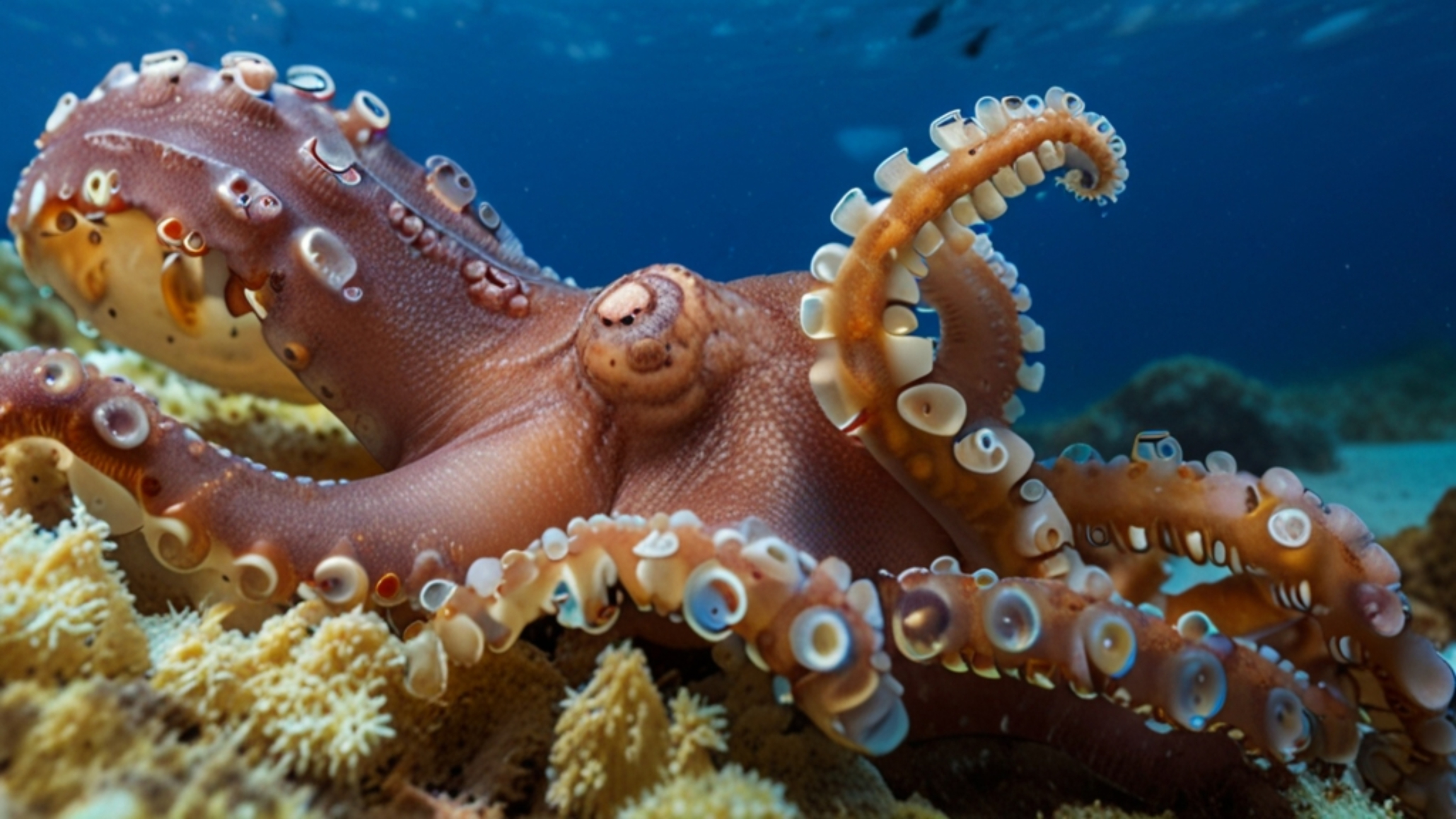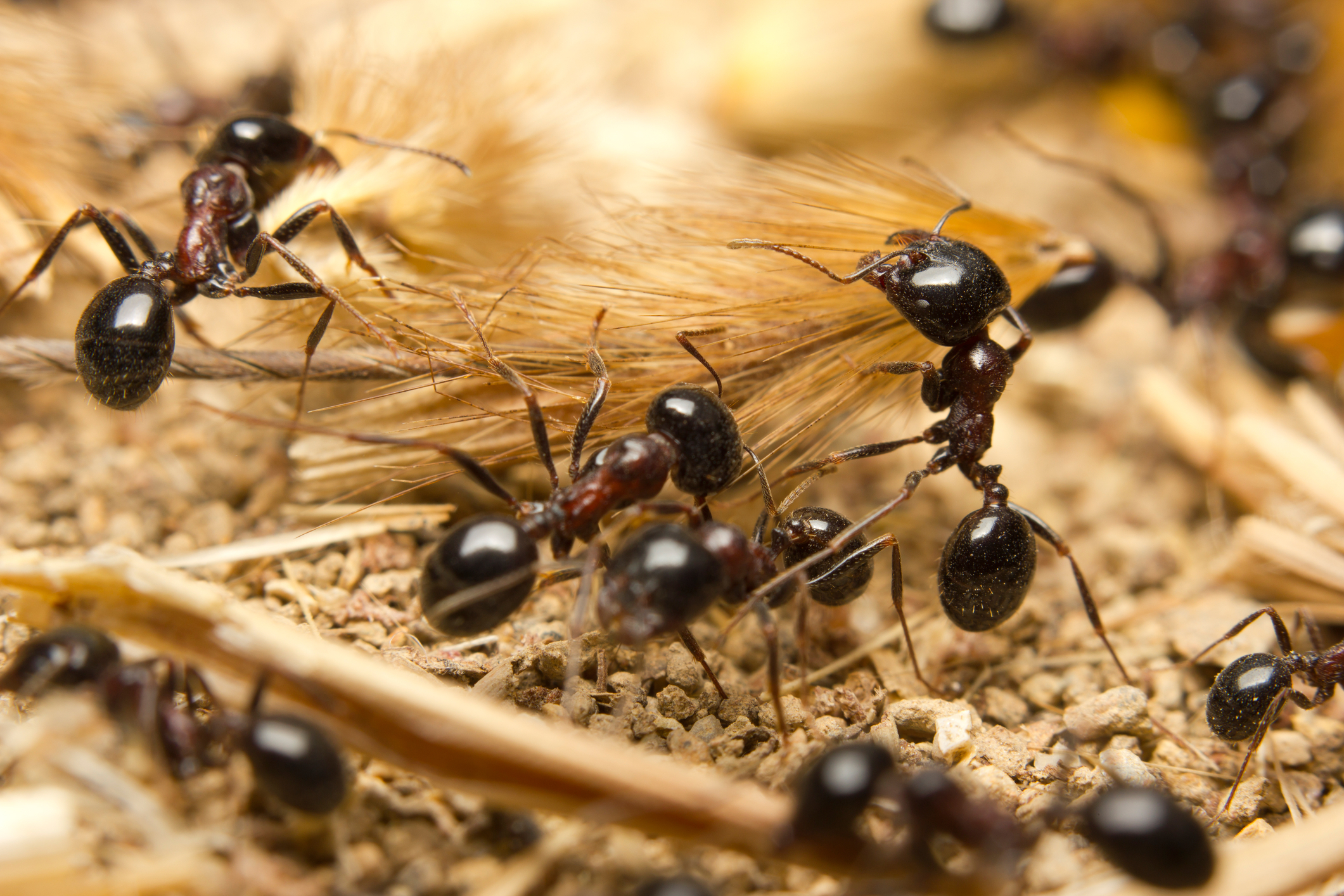Delving into the Enigmatic World of Animal Communication: Unraveling 18 Riveting Dialogues with Nature
The world is filled with a cacophony of sounds, many of which serve as a means of communication among the animal kingdom. From the melodious song of a nightingale to the eerie hoot of an owl, from the complex dance of the honeybee to the vibrant display of a peacock, animals use a variety of methods to communicate. This article delves into the enigmatic world of animal communication, unraveling 18 riveting dialogues with nature that shed light on the fascinating ways animals interact with each other and their environment.
The Language of Birds

Birds are known for their vocal abilities, but their communication extends far beyond simple chirping. Songbirds, for instance, have complex songs used for attracting mates and defending territories. Each species has its unique dialect, a testament to the intricate world of avian communication.
The Dance of Bees

Bees communicate through an intricate dance. The waggle dance, as it's known, is a method used by bees to relay information about the location of food sources. The dance's direction, duration, and intensity convey distance and direction, showcasing a remarkable level of sophistication in insect communication.
The Roar of Lions

Lions, the kings of the jungle, communicate through roars. These roars serve multiple purposes, from asserting dominance to calling stray members back to the pride. The roar of a lion is a testament to the power and majesty of these magnificent creatures.
The Howl of Wolves

Wolves howl to communicate with their pack and other packs. These haunting sounds can convey a variety of messages, from a call to gather to a warning of danger. The howl of a wolf is a poignant reminder of the wild and untamed nature of these creatures.
The Song of Whales

The ocean depths resonate with the songs of whales. These complex and melodious sounds are used for navigation, hunting, and social interaction. Each species of whale has its unique song, making the ocean a symphony of diverse and enchanting melodies.
The Clicks of Dolphins

Dolphins communicate using a series of clicks, whistles, and body movements. This form of communication is integral for hunting, navigating, and socializing. Dolphins' sophisticated language highlights their intelligence and complex social structures.
The Chatter of Squirrels

Squirrels use a variety of vocal and tail signals to communicate. These messages can indicate the presence of predators, territorial disputes, or the discovery of food. The chatter of squirrels is a testament to their adaptability and survival instincts.
The Display of Peacocks

Peacocks use their vibrant plumage to communicate. The dazzling display of colors is primarily used to attract mates. This form of communication is a beautiful example of how nature uses visual signals to convey messages.
The Drumming of Woodpeckers

Woodpeckers communicate by drumming on trees with their beaks. This drumming serves multiple purposes, from attracting mates to establishing territory. The rhythmic drumming of woodpeckers is a unique form of communication found in the avian world.
The Colors of Chameleons

Chameleons are known for their ability to change color. This color change serves as a form of communication, used to convey mood, assert dominance, or attract mates. The vibrant and dynamic colors of chameleons are a stunning display of visual communication.
The Quacks of Ducks

Ducks use a variety of quacks and calls to communicate. These sounds can convey a range of messages, from a warning of danger to a call for mating. The quacks of ducks are a familiar and comforting sound in many natural environments.
The Signals of Octopuses

Octopuses use color changes, body patterns, and movements to communicate. This form of communication is vital for camouflage, hunting, and social interaction. The signals of octopuses showcase the complexity and diversity of marine life communication.
The Calls of Frogs

Frogs use a variety of calls to communicate. These calls can indicate a readiness to mate, a warning of danger, or a claim of territory. The calls of frogs are a symphony of sounds that fill the night air in many ecosystems.
The Pheromones of Ants

Ants communicate using pheromones. These chemical signals are used for navigation, food location, and alarm calls. The use of pheromones in ant communication showcases the incredible complexity of insect societies.
The Signals of Fireflies

Fireflies use bioluminescence to communicate. This light display is used primarily for mating purposes. The signals of fireflies are a magical display of nature's ability to communicate through light.
The Stridulation of Crickets

Crickets communicate through stridulation, the act of rubbing their wings together to produce sound. These sounds are used for attracting mates and warning of danger. The stridulation of crickets is a familiar sound in many natural environments.
The Barks of Dogs

Dogs use a variety of barks, growls, and whines to communicate. These sounds, along with body language, are used to convey a range of emotions and intentions. The barks of dogs are a testament to the close bond between humans and their canine companions.
From the songs of birds to the dances of bees, from the roars of lions to the clicks of dolphins, the animal kingdom is filled with a diverse and intricate array of communication methods. Each form of communication is a testament to the complexity and beauty of nature. By delving into these riveting dialogues with nature, we gain a deeper understanding of the world around us and our place within it. The world of animal communication is a testament to the incredible diversity and complexity of life on Earth.







